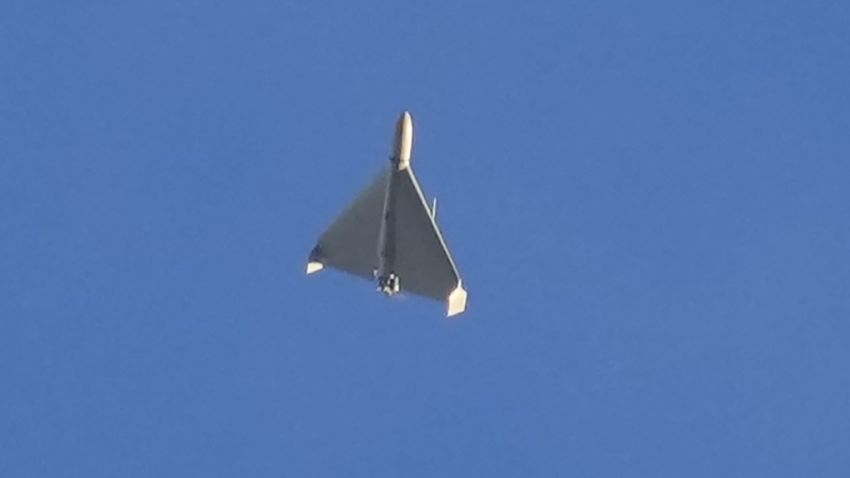The news that Russia has begun to employ Iranian military equipment, particularly kamikaze attack drones, in its war against Ukraine has led some observers to frame that conflict as a proving ground for Iran’s military technology. While the impact of these weapons on the trajectory of the Russia-Ukraine War will be subject to extensive debate, the implications for military dynamics in the Middle East are also far from clear, as Russia has so far employed its Iranian drones in a manner that Iran itself may not.
To understand the implications of these developments for Iran’s military posture vis-à-vis the United States, Israel and Gulf Arab states, it is important to appreciate the context in which Iran developed its drones and how Iran and its nonstate allies have employed these systems to date.
For all the attention given to Iran’s ballistic missiles, the country has spent more than a decade diversifying its strike capabilities. While ballistic missiles offer unmatchable speed, the bulk of Iran’s ballistic missile force, particularly its long-range systems, has long been of limited accuracy. Over the past decade, this situation has changed, and Iran now fields a growing and diversifying array of increasingly accurate ballistic missiles.

